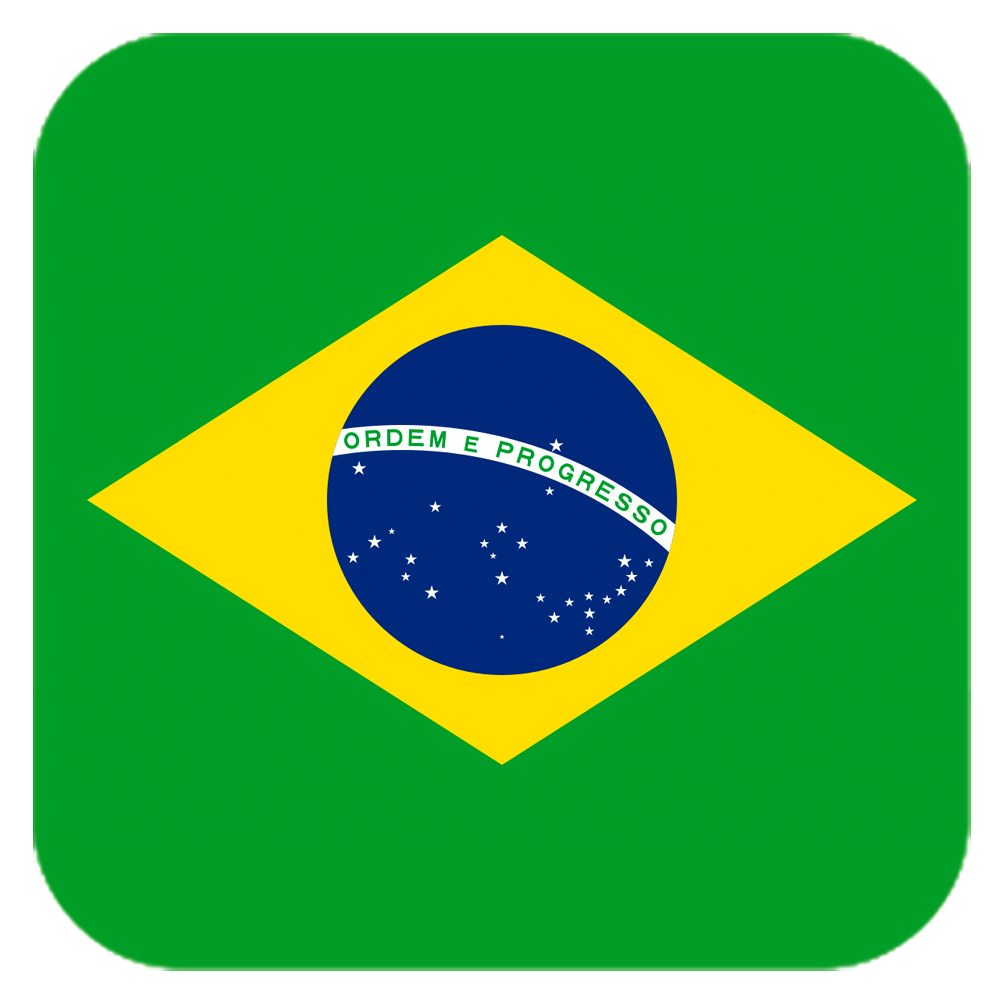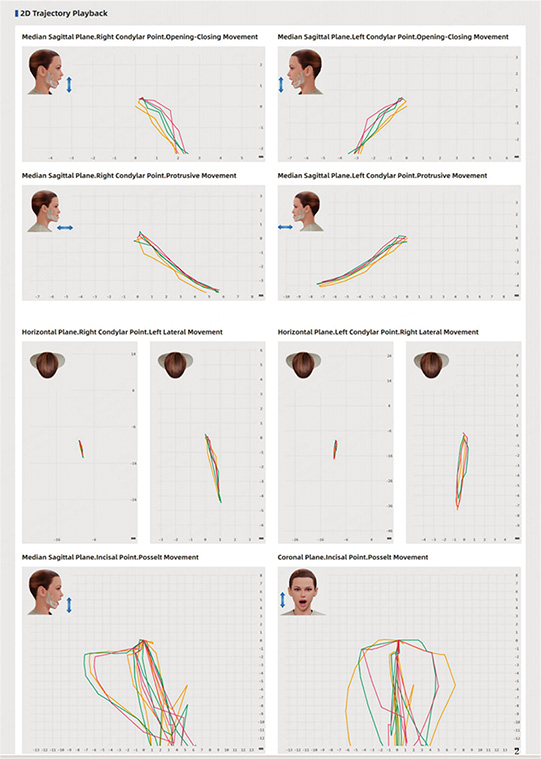What is e-Motion Workstation
Efficiency in Simplicity
SHINING 3D’s e-Motion Workstation is the world’s first all-in-one digital dental solution
that combines an intraoral scanner, face scanner, and advanced mandibular movement tracking
system. By capturing multiple data from a single device and seamlessly integrating them into
powerful software, a dynamic virtual patient can be created that adapts to a wide range of
complex cases. Clinicians can now deliver superior treatment outcomes with unparalleled ease
and precision, all while embracing cutting-edge innovation.
-
Learn more

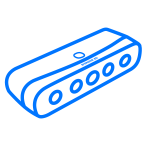
Face Scanner
-

Mandibular Movement Tracking System
- Mandibular Movement Trajectory Tracking
- Mandibular Movement Trajectory Analysis
- Optimal Jaw Relation Determination
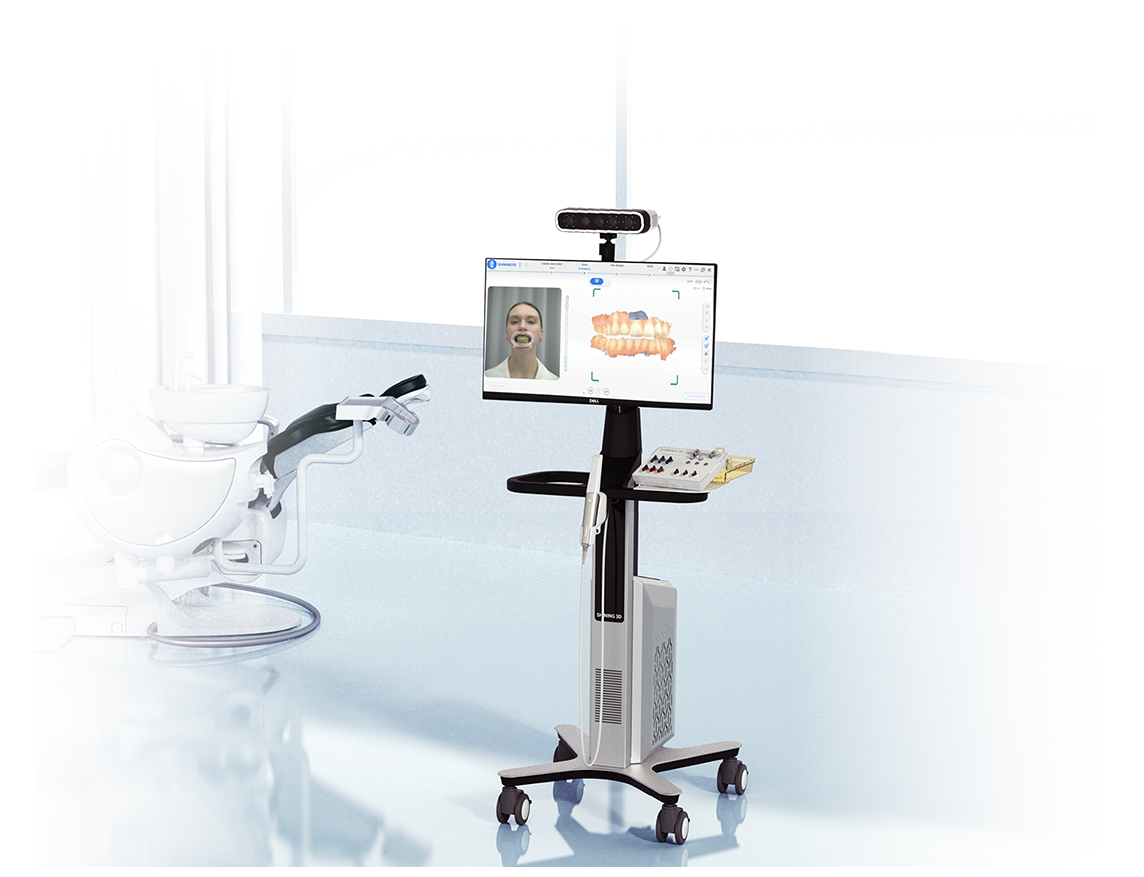
A powerful Software Platform Integrates Data
for Comprehensive Treatment Diagnostic Analysis
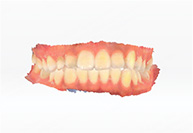
- Intraoral Data
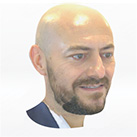
- Facial Data

- Mandibular Movement Trajectory
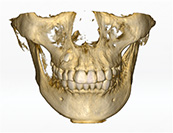
- CBCT Data
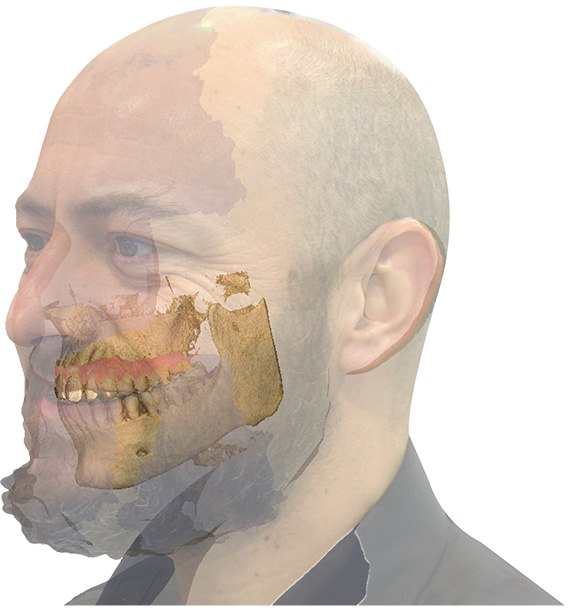
- Virtual Patient
-
CBCT Model Reconstruction and Segmentation
Multi-model Data Aligned and Analyzed in One Coordinate System
The mandibular movement data can be transferred to Exocad software for dental labs to design treatment plans.
-
Data Acquisition
-
Diagnostic Analysis
-
Design
-
Lab Fabrication
Optimal Jaw Relation Determination + IPG
A Precise Workflow for Edentulous Implant Cases
In complex edentulous implant restoration cases, acquiring an accurate jaw
relation has traditionally been a challenging and overlooked step. Now, the e-Motion bridges
this gap in the digital restoration process. In addition, with Elite’s IPG technology, this
revolutionary workflow results in improved occlusion and guarantees passive fitting for
dentures.
-
1
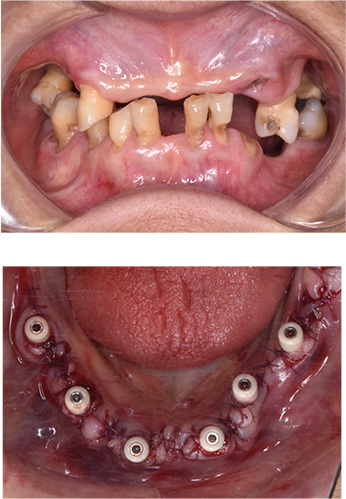
Treatment Plan:
Upper Jaw: Transitional Denture
Lower Jaw: Immediate Loading
-
2
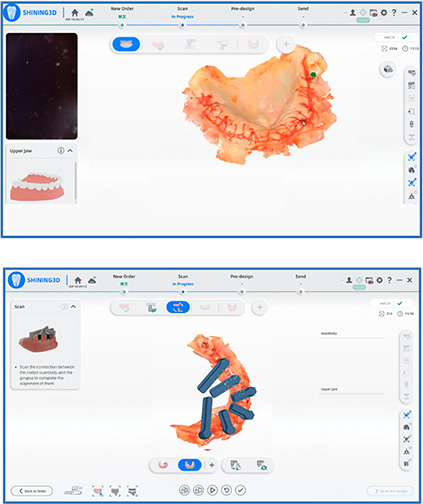 Standard post-operative intraoral scan, along with an IPG scan of the lower jaw, to confirm the relative positioning of the implants. Recording of mandibular trajectories to confirm optimal jaw relationship.
Standard post-operative intraoral scan, along with an IPG scan of the lower jaw, to confirm the relative positioning of the implants. Recording of mandibular trajectories to confirm optimal jaw relationship. -
3
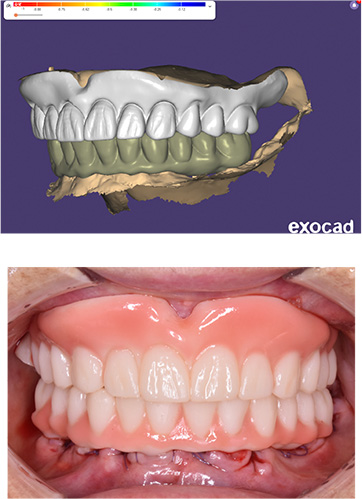 Through the design and printing of provisionals, the patient quickly receives aesthetically pleasing and comfortable provisional dentures.
Through the design and printing of provisionals, the patient quickly receives aesthetically pleasing and comfortable provisional dentures.
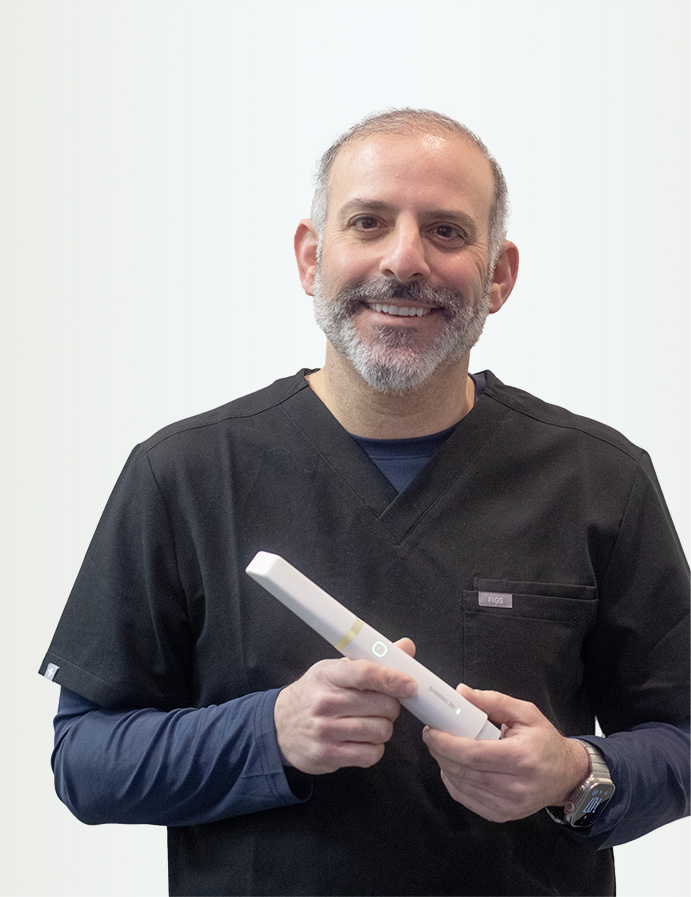
Benefits of e-Motion Solution
The e-Motion solution optimizes complex protocols, significantly enhancing efficiency in
challenging cases like edentulous implants. With the ability to include CBCT for planning
and e-Motion for precise jaw relationship assessment and implant positioning, Shining 3D’s
advanced technology enables clinicians to achieve exceptional accuracy in denture and
prosthetic fabrication. This seamless integration improves patient comfort, enhances
treatment predictability, and extends the longevity of restorative outcomes. By streamlining
workflows and increasing precision, the e-Motion solution is transforming digital dentistry
for both clinicians and patients alike.
Flexible Configurations and Modular Options to Meet Diverse Clinical Needs
Technical Specifications
e-Motion Workstation PC Configuration
| CPU | i7-12700 |
| RAM | 32GB, 4800MHz |
| Graphic Card (GPU) | NVIDIA RTX A2000, GDDR6, 12GB |
| Operating System | Windows 10 Professional |
| Display Resolution | 23.8″, 1920×1080 |
| Dimensions (without stand) (H × W × D): |
320.98mm × 538.80mm × 54.10mm |
FAQ
Which type of intraoral scanner can be compatible with E-motion system?
Currently there are 4 types of SHINING 3D intraoral scanner that can be fitted properly with
the cart, which is a part of E-motion system, they are Aoralscan Elite Wireless, Aoralscan
Elite, Aoralscan 3 Wireless and Aoralscan 3.
How to capture jaw motion for patients with deep overbites?
For deep overbites, we provide a specialized motion tracker to ensure accurate data capture.
Patients with normal overbites can use adhesive markers directly on teeth.
Is the Jaw Motion modules compatible with third-party software?
Yes. Trajectory files and adjusted jaw relations can be exported to exocad for further
design.
What happens if the markers or motion tracker detach during capture?
The software allows re-recognition after reattaching the markers and tracker, enabling a
seamless continuation of the capture process.
Can the software assist in diagnosing TMD?
Yes. It enhances analysis by visualizing movement coordination, occlusal symmetry, and
stability, but final diagnosis remains at the discretion of the clinician.
Is the Jaw Motion modules beneficial for full-arch edentulous cases?
Yes. The Optimal Jaw Relation module helps determine the occlusal position for fully
edentulous cases, providing reliable bite confirmation for full-arch implant restorations
and removable dentures.
Can jaw motion data be integrated with CBCT scans?
Yes. Mandibular Movement Trajectory Analysis requires DICOM data to be integrated, offering
a comprehensive and multidimensional analysis for real-time 3D visualizations of condyle and
incisal edge motion.
Does DICOM data support export to stl format?
Yes. The Mandibular Movement Trajectory Analysis module supports exporting segmented DICOM
data as STL files.
Is the Jaw Motion Module difficult to incorporate into clinical practice?
The module is designed with intuitive animated guides and a user-friendly interface, making
it easy for clinicians to adopt with minimal training. Our dedicated support team is also
available to assist during the transition.
How many types of jaw motion trackers do you offer?
We provide two types: the Cement Retention Jaw Motion Tracker for patients with natural
teeth or removable dentures cases and the Screw Retention Jaw Motion Tracker for All-on-X
implant cases.
How many times can the trackers be used? Are they single-use?
The tracker consists of a metal tracker body and a geometric featured shell. The metal
tracker body is reusable for up to 100 sterilization cycles, and the shell for up to 50
cycles. They are not single-use.
What is the required FOV of the CBCT for jaw motion?
The ideal FOV for CBCT is 15×12 cm, and the minimum FOV required for CBCT is 14×9 cm. In a
CBCT machine with this type of FOV, sometimes the lowest part of the chin will not be
included, as we need to ensure that the condyle position is captured.
 ENG
ENG






